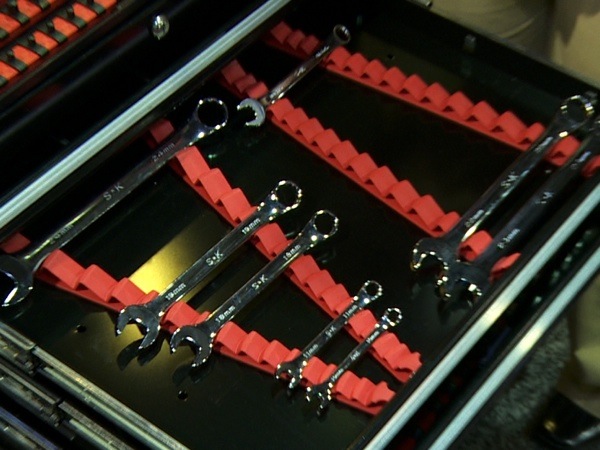In engineering, construction, and daily tasks, “gear” refers to a variety of tools and mechanisms designed to improve efficiency and performance. From machine components to outdoor equipment, these tools are integral to numerous processes. Understanding the various types of gear and their applications can significantly enhance productivity and outcomes. This article explores key questions about gear, focusing on their uses and benefits, with a particular emphasis on the innovative application of geogrids in construction.

What types of gear are used in mechanical systems?
Mechanical systems employ different types of gears, each serving specific functions. Common types include:
- Spur Gears: These gears have straight teeth and parallel axes, commonly used in clocks, washing machines, and conveyor systems.
- Helical Gears: Angled teeth provide smoother, quieter operation than spur gears, used in automotive transmissions and industrial machinery.
- Bevel Gears: Conical shapes allow these gears to transmit motion between intersecting axes, found in differential drives and hand drills.
- Worm Gears: A worm (screw) and worm wheel (gear) combination used for high reduction ratios in applications like elevators and tuning instruments.
The choice of gears depends on torque, speed, and movement direction requirements.
How do gears enhance the efficiency of mechanical systems?
Gears improve the efficiency of mechanical systems by:
- Increasing Torque: Amplifying input force allows machines to handle heavier tasks with less effort.
- Regulating Speed: Varying gear ratios enables control over output shaft speed, crucial in vehicle transmissions and industrial machinery.
- Boosting Durability: Well-meshed gears distribute loads evenly, reducing wear and extending component lifespan.
Proper gear selection and maintenance are essential for maximizing performance and longevity.
What is a geogrid, and how is it used in construction?
A geogrid is a geosynthetic material used to reinforce soils. Its grid-like structure provides high tensile strength, making it ideal for construction projects such as:
- Soil Stabilization: Prevents soil erosion and maintains structure, crucial for building foundations and roadways.
- Slope Reinforcement: Provides additional support for stable slopes and embankments.
- Pavement Reinforcement: Enhances load-bearing capacity of roads and runways, reducing ruts and potholes.
Geogrids improve the durability and stability of construction projects, resulting in more resilient infrastructure.
What factors should be considered when selecting gear for outdoor activities?
Key considerations for outdoor gear include:
- Durability: Gear should withstand harsh conditions and rough use. High-grade aluminum, stainless steel, and durable fabrics are ideal.
- Functionality: Gear should meet specific needs, whether for hiking, camping, or climbing. Multi-tools should offer functions like cutting, screwing, and opening bottles.
- Portability: Lightweight and compact gear is essential for ease of transport and use.
- Comfort: Ergonomic designs and breathable materials enhance comfort, especially for wearable gear.
Choosing the right gear ensures safety, comfort, and efficiency in outdoor activities.
Understanding the various types of gear and their applications is essential for optimizing performance in mechanical systems and outdoor activities. From the specifics of spur and helical gears to the practical applications of geogrids in construction, gear plays a vital role in boosting efficiency and durability. In both machinery and outdoor equipment contexts, informed gear choices lead to significant improvements in functionality and longevity.
